Alternative Names: Dracula’s Castle
Castle Type: Fortress
Architectural Style: Medieval
Owned by: Dominic von Habsburg, Archduke of Austria-Tuscany
Address: Strada General Traian Moșoiu 24, Bran 507025, Romania
Elevation: 2500 feet or 760 m
Popularly known as Dracula’s Castle, Bran Castle is one of the most popular attractions to visit in Romania. Located on a cliff, this castle is considered to be the home of Count Dracula from Bram Stoker’s stories. Visitors can get Bran Castle tickets to take a guided Dracula tour and explore Queen Marie’s belongings displayed here. If you are planning a visit to this mysterious castle, then here are some interesting, lesser-known Bran Castle facts to know.
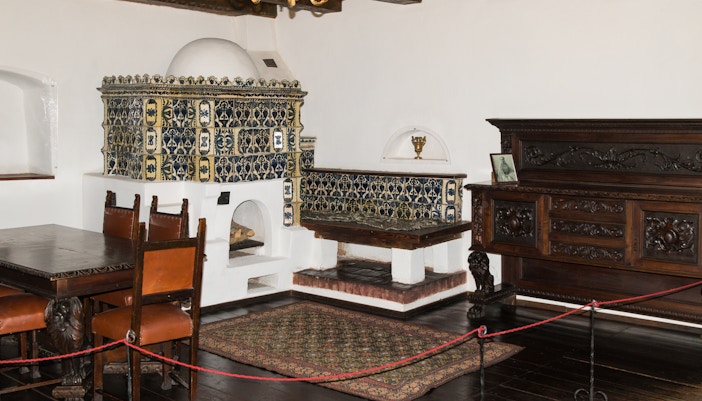
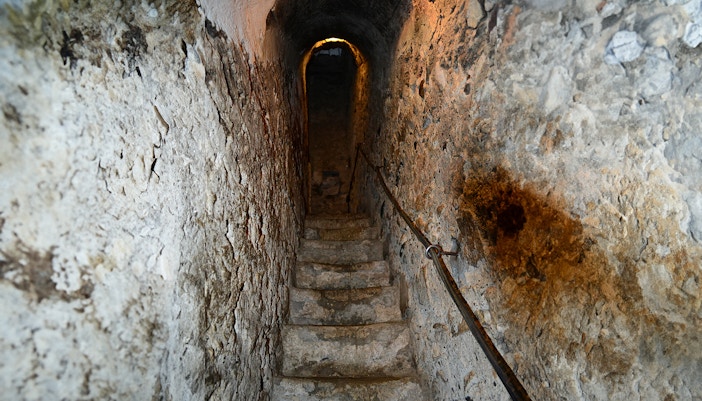

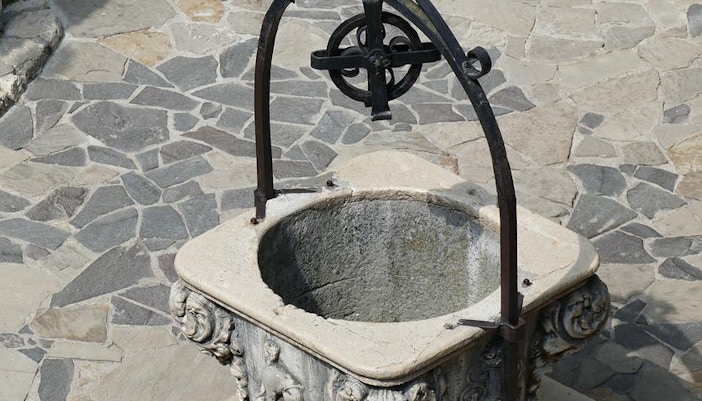
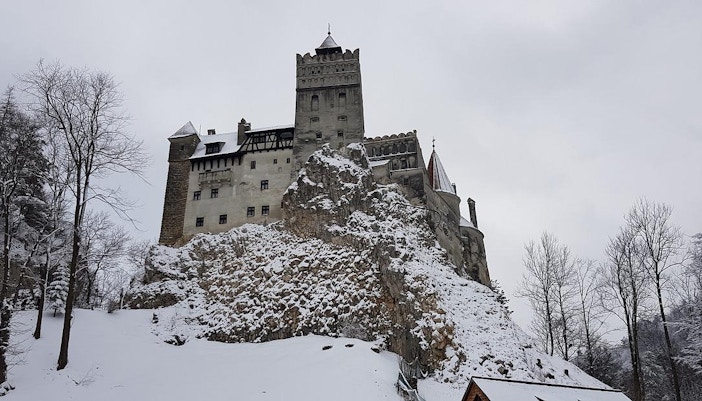
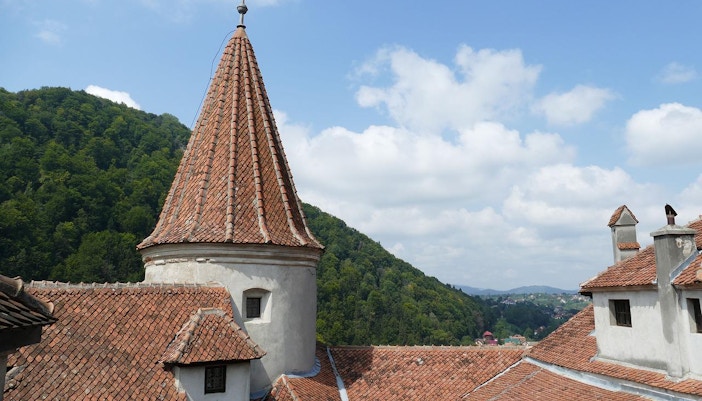
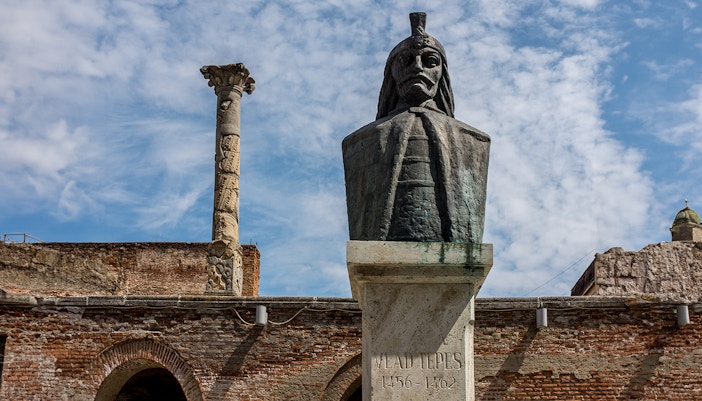
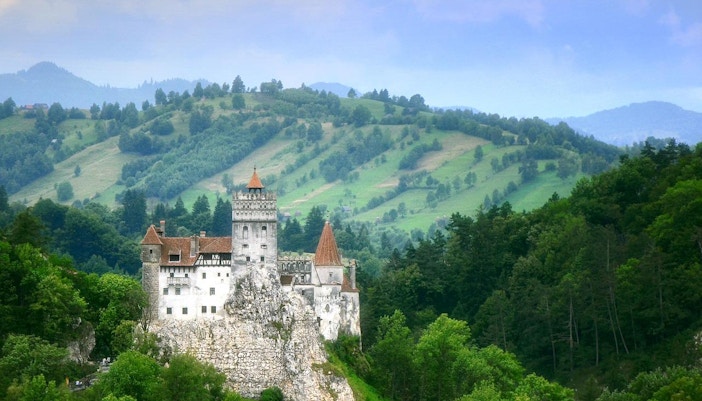
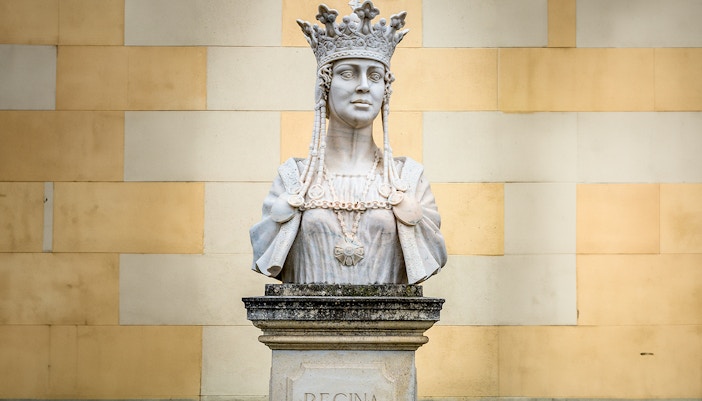
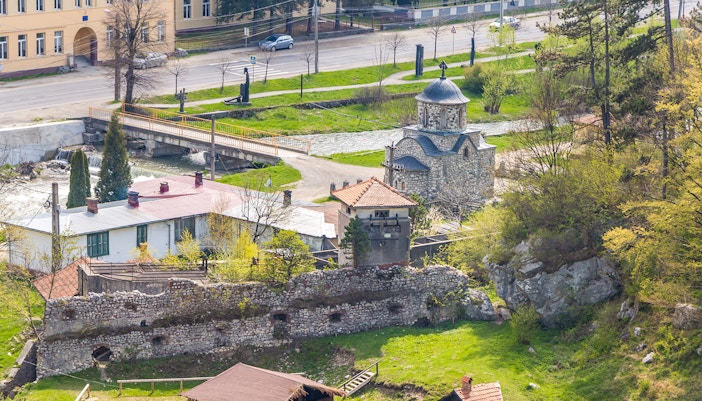
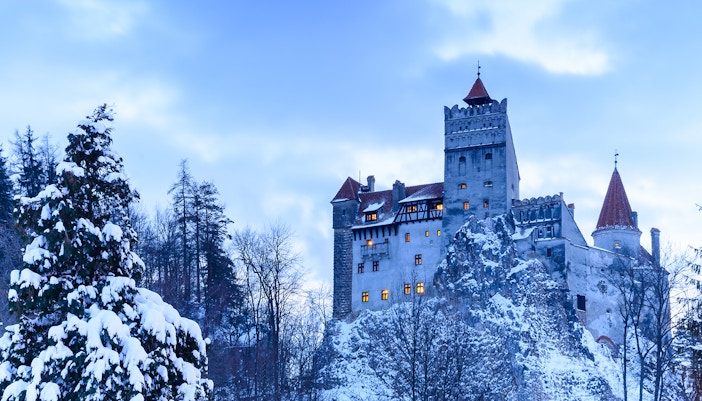
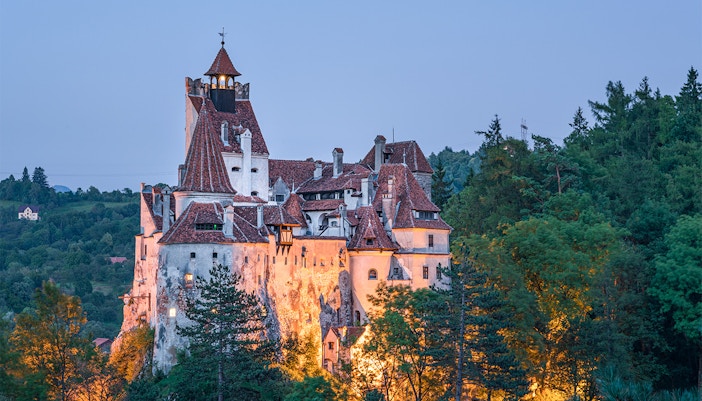
A. No. Bran Castle is actually marketed as Count Dracula's Castle to improve tourism. In reality, there isn’t much connection between Bran Castle and the fictional castle in Bram Stoker’s Dracula.
A. Bran Castle received immense popularity when Count Dracula’s castle in Bram Stoker’s book resembled it. However, there isn’t much evidence that supports this. Romania decided to market the castle that way in the 1970s to improve tourism.
A. After the Mongols destroyed the Teutonic wooden fortress that was constructed here, the Saxons of Transylvania built a stone castle in its place to serve as an excellent vantage point from the cliff-side. It played a major role in defending the eastern Transylvanian border from the Ottomans.
A. Bran Castle served as an entrance into Wallachia, after which it became a customs point. Merchants were asked to pay their taxes at the castle to gain passage. During World War II, Bran Castle functioned as a hospital for those injured in the battle. Today, Bran Castle is a museum that gives you a glimpse into Romanian culture, royals and history.
A. Yes, during WW2, Princess Ileana turned Bran Castle into a hospital to tend to those injured in the battle. Princess Ileana worked as a nurse herself and operated the hospital until 1948.
A. In 2006, Bran Castle was legally returned to the descendants of Princess Ileana. Today, it is owned by the Archduke Dominic von Habsburg of Austria-Tuscany and his two sisters, Archduchess Elisabeth and Archduchess Maria Magdalena.
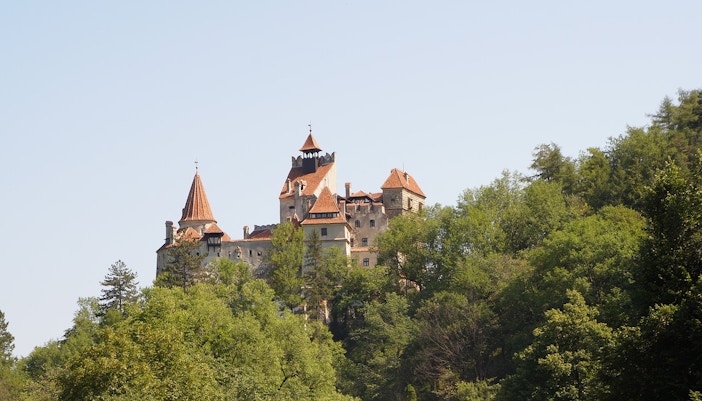
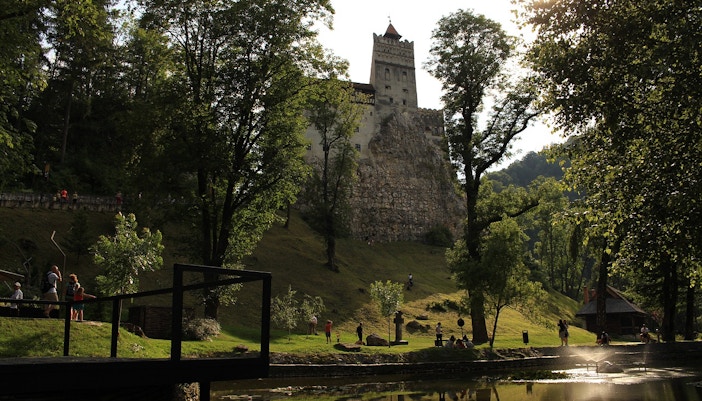
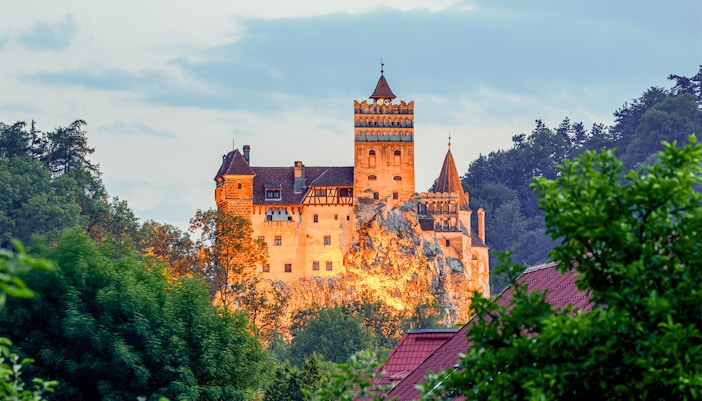













Bran Castle Entry Tickets
Bran Castle Guided Tour
Bran Castle Audio Tour
From Bucharest: Bran Castle, Peles Castle & Brasov Full-Day Guided Tour
From Bucharest: Bran Castle, Peles Castle, & Brasov Full-Day Guided Tour with Audio Guide